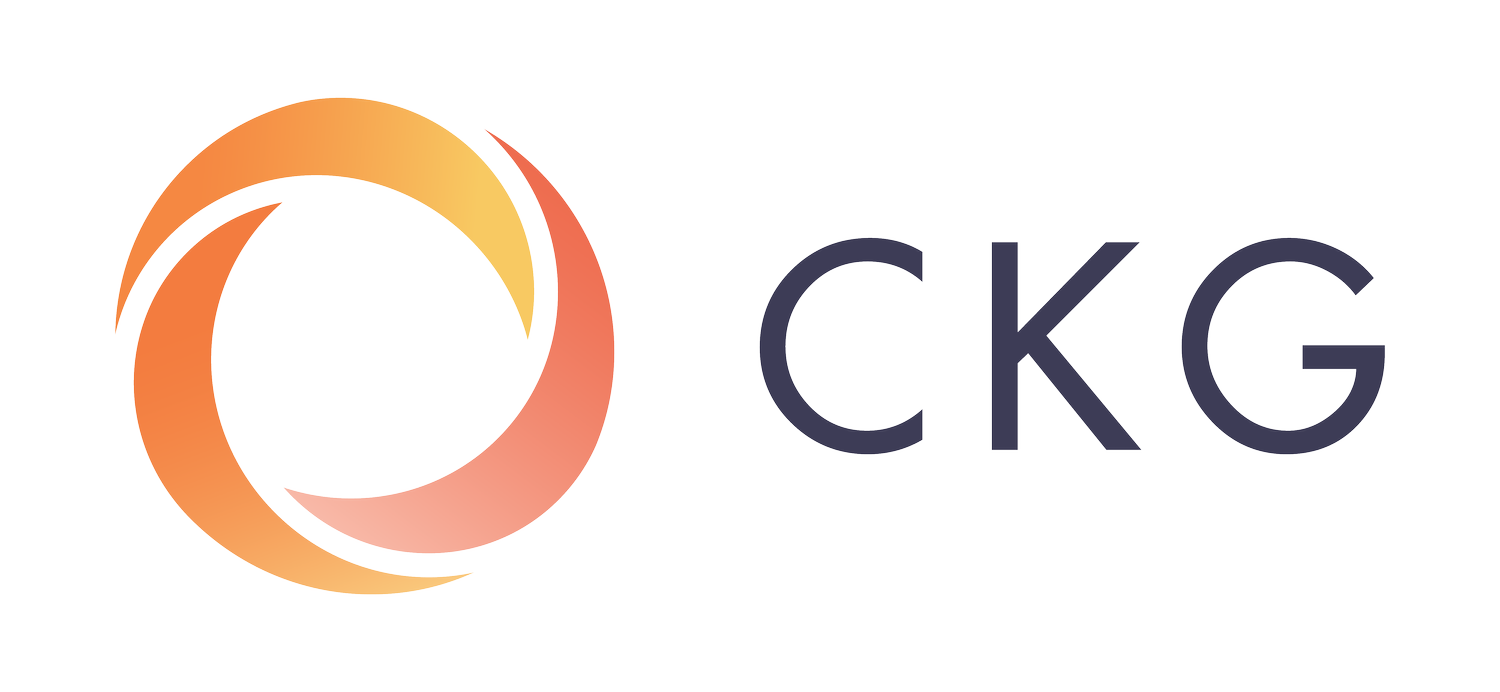Beyond Rainbow Logos: 4 Strategies to Foster LGBTQ2+ Inclusivity
With logos turning into rainbows and companies hosting Pride events, it’s been amazing to see so much acknowledgement and support for Pride month. However, as the vibrant month of June comes to an end, the conversation must now move past the recognition of the LGBTQ2+ community. What can organizations do to better include and uplift LGBTQ2+ people?
In our Diversity, Equity, and Inclusion work, LGBTQ2+ inclusivity is a subject often inquired by our clients. Organizations are striving to be more inclusive of all identities to foster the sense of belonging. So what can you do to make your workplace more inclusive for LGBTQ2+ people? In this article, let’s take a look at 4 simple yet effective strategies your organization can implement.
1. Create an organizational practice for pronouns.
“She”, “He”, “They”, “Ze”.. Using someone’s correct personal pronouns is an introductory way to respect them and to create an inclusive environment for everyone. Assuming someone’s pronouns is a habit that’s so ingrained in our unconscious that we don’t even realize we’re doing it. Most of us are used to looking at someone, categorizing them into “he” or “she” by instinct. Using the wrong pronouns when addressing transgender folks and nonbinary folks can be hurtful, not to mention disrespectful. Those incidents may cause uncomfort for them or prevent them from freely expressing their gender identity.
How do we make sure we are using the right pronouns for everyone? Incorporate pronouns in your organization as a common practice. You can normalize the act of asking someone for their pronouns by sharing your own pronouns during introductions. This practice will especially stick as leaders and senior staff set the example of implementing this in their day-to-day work. Pronouns are also widely used in the digital context, especially as many organizations operate remotely. It is important to give everyone the freedom to choose whether they want to use pronouns. However, without forcing a company policy, we recommend organizations to encourage staff to include pronoun preferences in email signatures and in their names during video conferencing.
2. Re-examine your policies for exclusive language
Pronouns are hardly the only examples of gendered language we use on a regular basis. Inclusivity needs to be reflected in writing when it comes to organizational policies and talent recruitment. For that reason, we recommend the practice of examining your policies and flag items that are not inclusive to LGBTQ2+ people.
Removing gendered language from policies is a great start. For example, if there’s a policy centered around childcare, organizations should switch out “mother” and “father” for “parent”. Beyond language, it is also great practice to update current medical plans and sick leave policy to include transitioning employees to recognize their needs.
To foster an environment of inclusion, it is also crucial for all employees to understand that discrimination, harassment, bullying, intimidation, etc... will not be tolerated, including but not limited to incidents related to someone’s gender or sexual identity. (Check out our article on 4 Strategies to Foster Psychological Safety). During talent recruitment, organizations should ensure that their strategies are not excluding LGBTQ2+ applicants. Evaluate the current language used in your job descriptions and replace any gender-coded terms with neutral language. (For more resources on on gendered language, we recommend this page: https://myworkplacehealth.com/gender-and-pronouns-in-the-workplace/).
3. Be mindful in your Pride Celebrations
Celebrating Pride Month in your organization is important because the people in the LGBTQ2+ community often feel isolated. You should acknowledge and embrace the diversity of people in your organization and strive to foster the sense of belonging. However, doing it poorly may give your staff in the LGBTQ2+ community a sense of tokenization or appropriation. Making this celebration about inclusion and belonging is key to creating the impact that your organization intends for rather than backfiring. Lay your foundation by learning about Pride Month’s origin and history, and center your Pride celebration with the struggle and progress made by queer activists and allies. Work with consultants and experts from the LGBTQ2+ community to create a programming that is inclusive, educational, and fun for everyone! You can always use your rewards platform to give to LGBTQ2+ causes, and consider extending the initiatives beyond June. Studies show that workplace rewards have a greater impact on engagement when they’re closely aligned with employees’ beliefs and values.
4. Communicate with your LGBTQ2+ employees
A great way to maintain an LGBTQ2+ inclusive workplace is to consistently seek advice from your LGBTQ employees. Mind you that the process of communications ought to be carried out in a thoughtful way. Similarly to the consultation of other minority groups, never approach individuals based on assumption. Instead, make an organizational-wide invitation to those who self-identify as a member of the LGBTQ2+ community to provide insights and feedback in a confidential or anonymous setting. Remember, the feedback process is necessary for the organization’s improvement and it can be exhausting for those involved. It is important to acknowledge the time and work of those who provide feedback with compensation and gratitude. Genuine willingness to listen and to make changes in the organization will go a long way.
Blog Contributors:
By Karen Diaz
Researched and Contributed by Coco (Qinyan) Wang
Visuals by Kazusa Kagemori
References:
https://www.themuse.com/advice/using-pronouns-gender-inclusive-language-in-the-office





